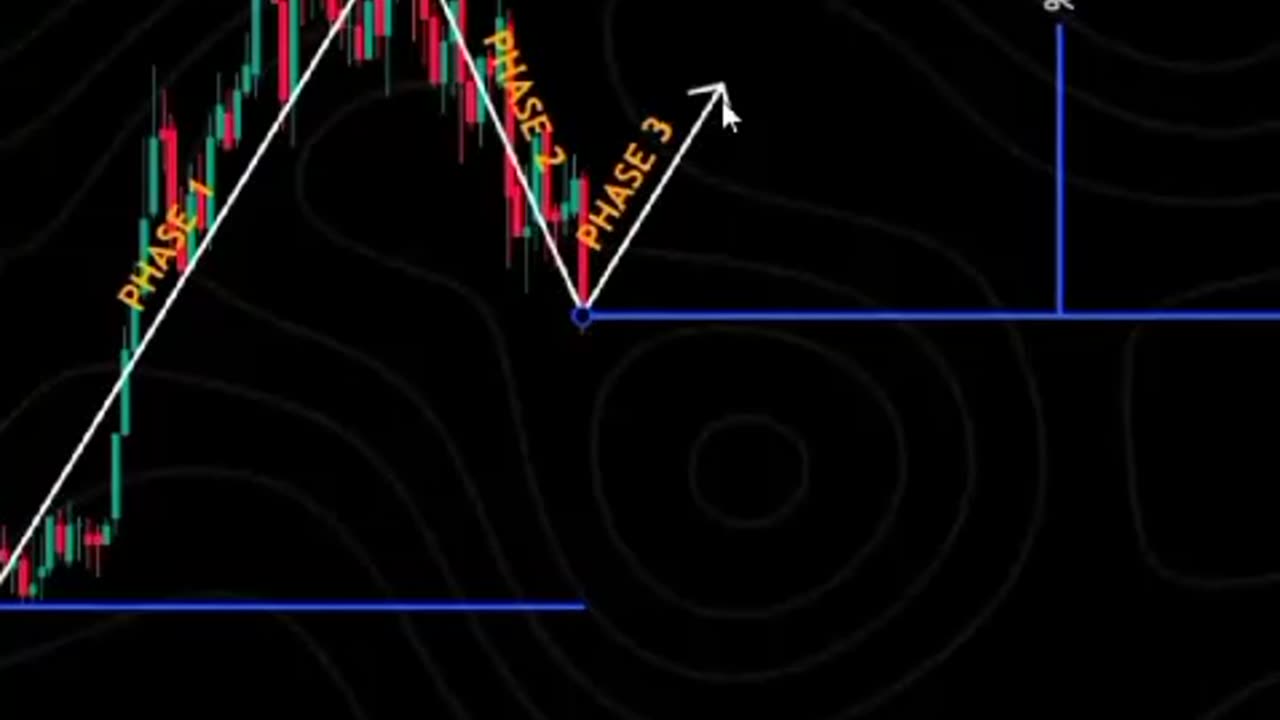Premium Only Content

TRADING PATTERN 1 - LEARN and EARN
Stock chart patterns often signal transitions between rising and falling trends. A price pattern is a recognizable configuration of price movement identified using a series of trendlines and/or curves.
When a price pattern signals a change in trend direction, it is known as a reversal pattern; a continuation pattern forecasts that the trend will continue in its existing direction, possibly following a brief pause. There are many patterns used by traders—here is how patterns are made and some of the most popular ones.
Key Takeaways
Patterns are the distinctive formations created by the movements of security prices on a chart and are the foundation of technical analysis.
A pattern is identified by a line connecting common price points, such as closing prices or highs or lows, during a specific period.
Technical analysts and chartists seek to identify patterns to anticipate the future direction of a security’s price.
These patterns can be as simple as trendlines and as complex as double head-and-shoulders formations.
Trendlines in Technical Analysis
Since price patterns are identified using a series of lines or curves, it is helpful to understand trendlines and know how to draw them. Trendlines help technical analysts spot support and resistance areas on a price chart. Trendlines are straight lines drawn on a chart by connecting a series of descending peaks (highs) or ascending troughs (lows).
A trendline that angles up, or an up trendline, occurs where prices are experiencing higher highs and higher lows. The up trendline is drawn by connecting the ascending lows. Conversely, a trendline that is angled down, called a down trendline, occurs where prices are experiencing lower highs and lower lows.
1
-
 LIVE
LIVE
Dr Disrespect
3 hours ago🔴LIVE - DR DISRESPECT - NEW PC VS. DELTA FORCE - MAX SETTINGS
4,445 watching -
 1:38:56
1:38:56
SLS - Street League Skateboarding
1 day agoTop Moments from the Second Half of the 2024 SLS Championship Tour! All The 9’s 🔥
9471 -
 LIVE
LIVE
In The Litter Box w/ Jewels & Catturd
19 hours agoWhere are the Epstein Files? | In the Litter Box w/ Jewels & Catturd – Ep. 750 – 2/26/2025
3,500 watching -
 24:22
24:22
Breaking Points
3 hours agoHouse GOP RAMS THROUGH Medicaid Cuts
316 -
 1:24:15
1:24:15
The Quartering
2 hours agoRep. Swalwell's VIRAL Confrontation, Jeff Bezos Op-Ed Announcement, and Canada's Anti-Musk Campaign
35.9K13 -
 1:22:57
1:22:57
Tucker Carlson
5 hours agoNancy Pelosi Stock Tracker Chris Josephs: How to Get Rich by Investing Like a Politician
88.4K36 -
 2:59:34
2:59:34
Barry Cunningham
5 hours agoWATCH LIVE: DOGE SUBCOMMITTEE HEARING!
22.4K18 -
 1:29:32
1:29:32
Simply Bitcoin
3 hours ago $1.74 earnedNEW REPORT PROVES This Bitcoin Bull Run is DIFFERENT!! | EP 1191
24.8K -
 1:23:50
1:23:50
Russell Brand
4 hours agoAI Visions, War Deals, and the Next Big Lockdown? – SF544
97.5K15 -
 1:18:31
1:18:31
vivafrei
6 hours agoCanadian Liberal Leadership Race TO THE BOTTOM! Florida Prosecutor Claims SELF DEFENSE? & MORE!
39.4K18